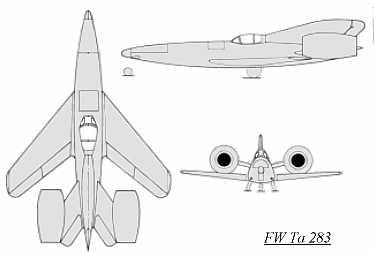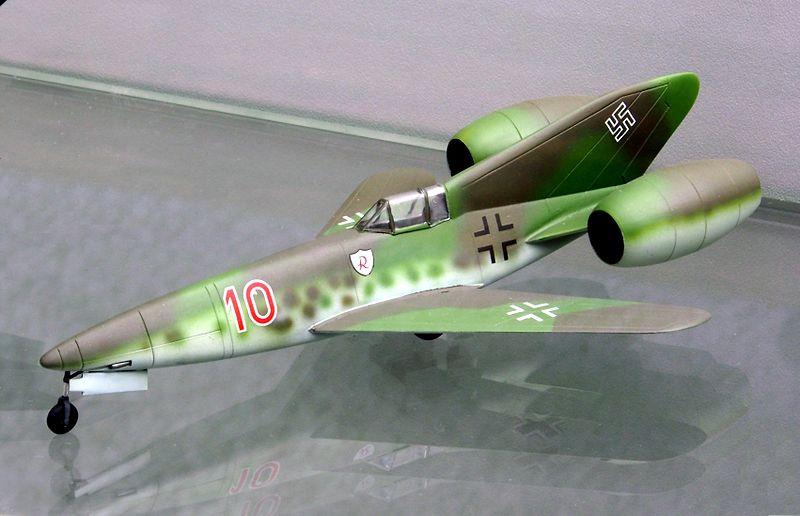
| Type | Single seat interceptor |
| Engine | 1 Walter HWK 509 + 2 Pabst ramjets |
| Dimensions | Length 11,85 m , height , span 8 m , wing area , |
| Weights | Empty , loaded , max. take off weight |
| Performance | Max.. speed 1100 km/h , cruising speed , range , endurance , service ceiling , climb |
| Armament | 2 30 mm MK 108 |
